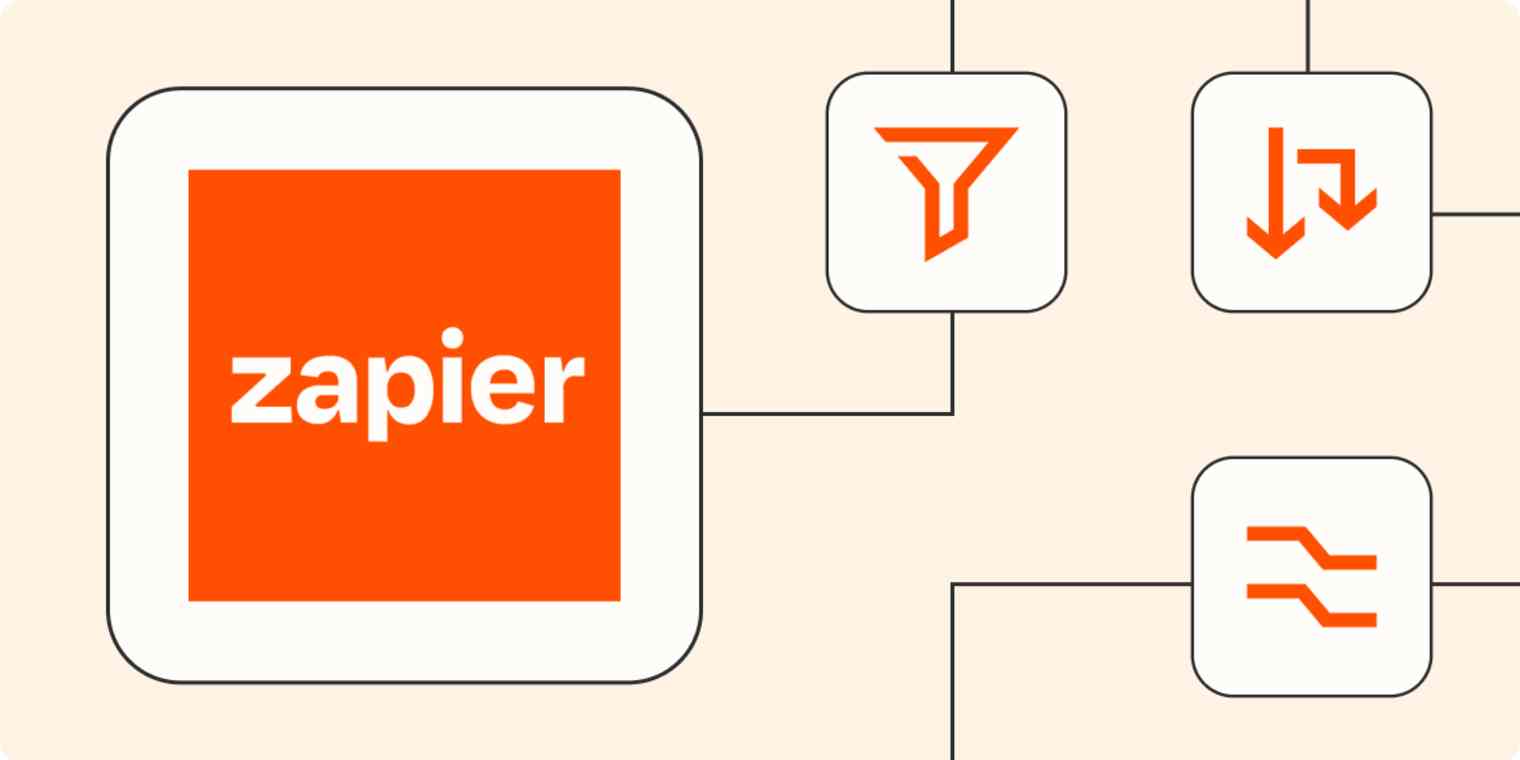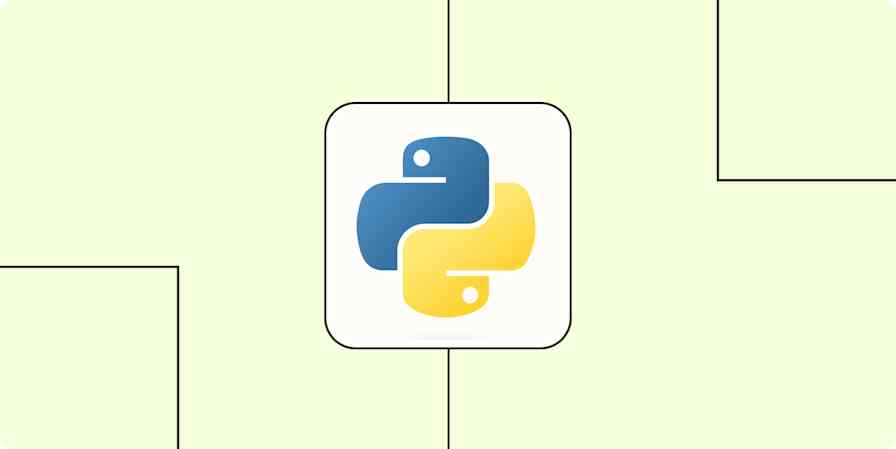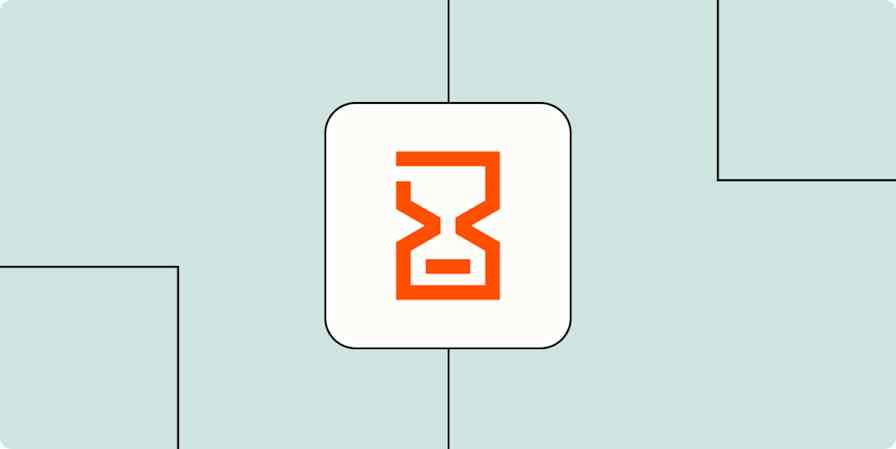Zapier feature guides
7 min readHow to get different results with one Zap
Using Filters, Lookup Tables, and Paths to direct your workflow
By Tyler Robertson · August 25, 2020

Get productivity tips delivered straight to your inbox
We’ll email you 1-3 times per week—and never share your information.
tags
mentioned apps
Related articles
Improve your productivity automatically. Use Zapier to get your apps working together.







